The OnePlus 6 Review: Among The Best Of 2018
by Andrei Frumusanu on July 27, 2018 8:30 AM EST- Posted in
- Mobile
- Smartphones
- OnePlus
- OnePlus 6
Software UI - OxygenOS 5.1
As noted in the introduction, I haven’t had the opportunity to spend much time with OnePlus devices in the past so OxygenOS is also naturally something I haven’t had much experience with. OnePlus is known to have excellent software support with quick and frequency updates. Indeed my review device was very quick in getting the latest July update to 5.1.9 and most interesting for users living on the bleeding edge, OnePlus takes part in the Android P beta program and it’s available for the OP6.
Design-wise, OxygenOS is as close to clean Android as it can be. Out of the box the phone comes with just the bare essentials with the only OnePlus “specific” application being the OP community app. The launcher includes both an app drawer as well as puts most recently installed applications on the second home-screen. The left screen from the homescreen acts as sort of a dashboard with various preconfigured widgets such as memo functionality, recent contacts, recent apps and other subjectively useful toolboxes. The important feature here is that you’re able to add in arbitrary widgets onto the scrollable list, which is an interesting way of organizing your widgets.
The notification tray is very clean and doesn’t veer far away from standard conventions.
A much appreciated default feature in the OS is the ability to switch the OS into a dark theme. This turns the then predominantly white UI into mostly black and dark coloured elements, not only throughout the SystemUI but also in the bundled system applications.
I’ve talked about how I really liked the gesture navigation on the Xiaomi MIX 2S and how it allowed for regaining more screen-estate by ditching the navigation bar. OnePlus’ implementation is similar in that swiping up from the bottom edge of the screen goes to the homescreen, but the back navigation functionality, instead of swiping up from the bottom lateral sides of the phone like on MIUI is implemented by swiping up from the sides of the bottom bezel which I find a lot more natural in terms of movement.
One aspect of OnePlus’ implementation that I did not like at all is the hold duration needed to bring up the multi-tasking screen. This is done by also swiping up from the bottom middle of the screen, but holding your finger instead of letting it go will open up the multi-tasking screen. The problem for me was that I found the hold duration required to be too long and kind of detracted from the fluidity of the navigation.
As an avid user of desktop browser gestures for a good 15 years, I’m extremely happy to see gesture navigation catching on in mobile – for many years we’ve had various innovative implementations from Chinese vendors but due to Google CTS limitations in the past we haven’t had the opportunity to see it wide-spread more often in western devices. Ironically it took Apple introducing them on the iPhone X to see Google finally have a change of heart. UI-less gesture navigations are in my opinion the single best solution to ergonomics. I think what Google did in Android P is a very poor and rushed attempt – hopefully vendors will have the liberty to implement their own variants.
For OnePlus what I’d like to see in the future is to have more customizability such as varying hold duration, and maybe more customizable gestures to just let the user decide how he’d like them to function. I’m really looking forward to how things will evolve over the next couple of years as I think in the transition towards immersive bezel-less displays the traditional navigation bar has outlived its purpose.
As mentioned in the intro, the notch attracts a lot of controversy. In reality there’s nothing controversial about it and it fulfils its purpose wonderfully: to extend screen real-estate. The OnePlus 6 in no way hinders any kind of experience and if you don’t like the visual cut-out, you can simply black it out.
Overall OxygenOS on the OnePlus 6 is very straightforward and there’s very little to criticise it on. Performance is also outstanding, and that’s what we’ll more closely analyse in the next section.



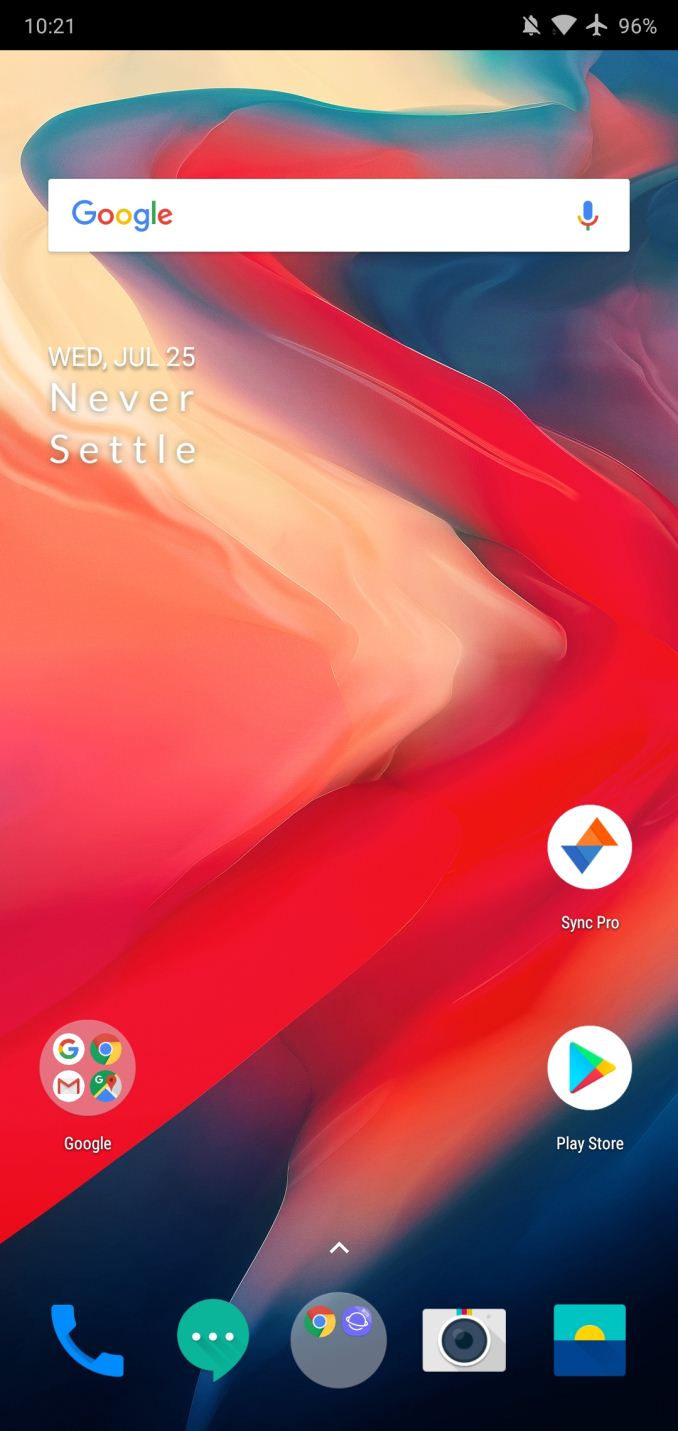
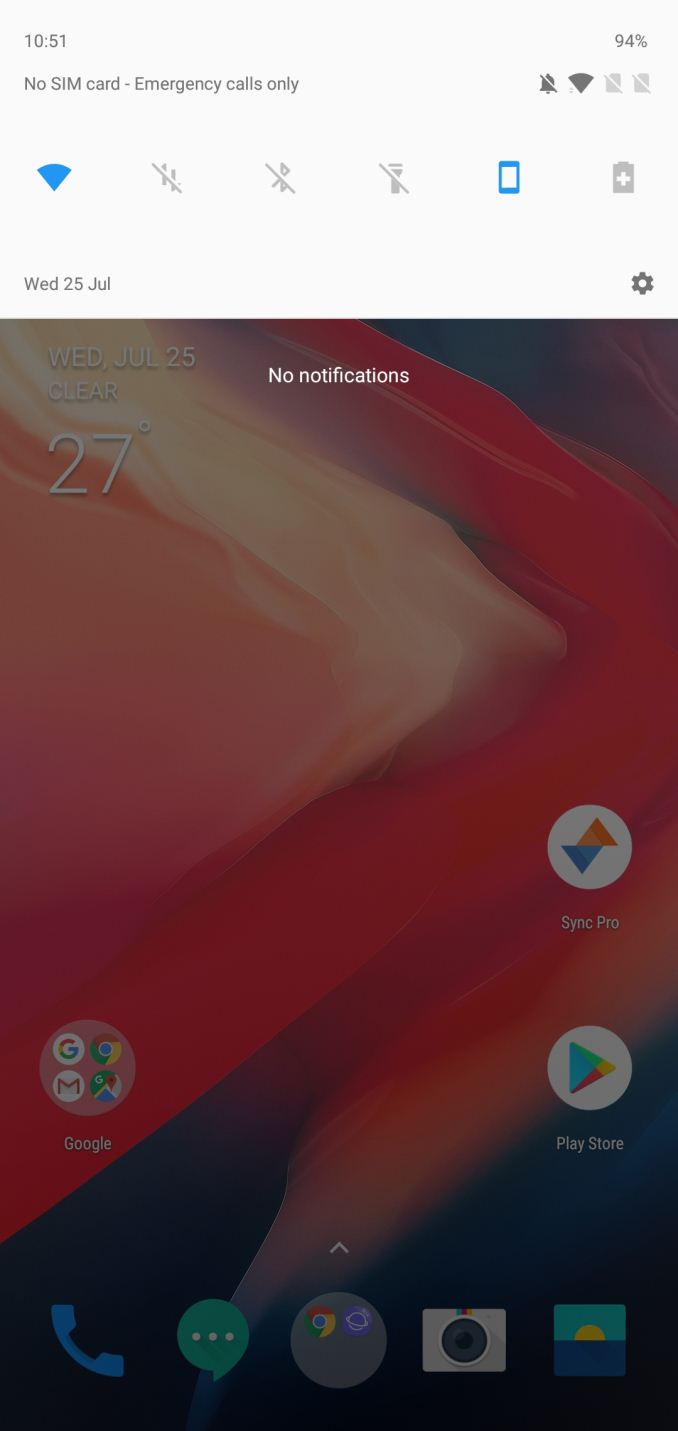
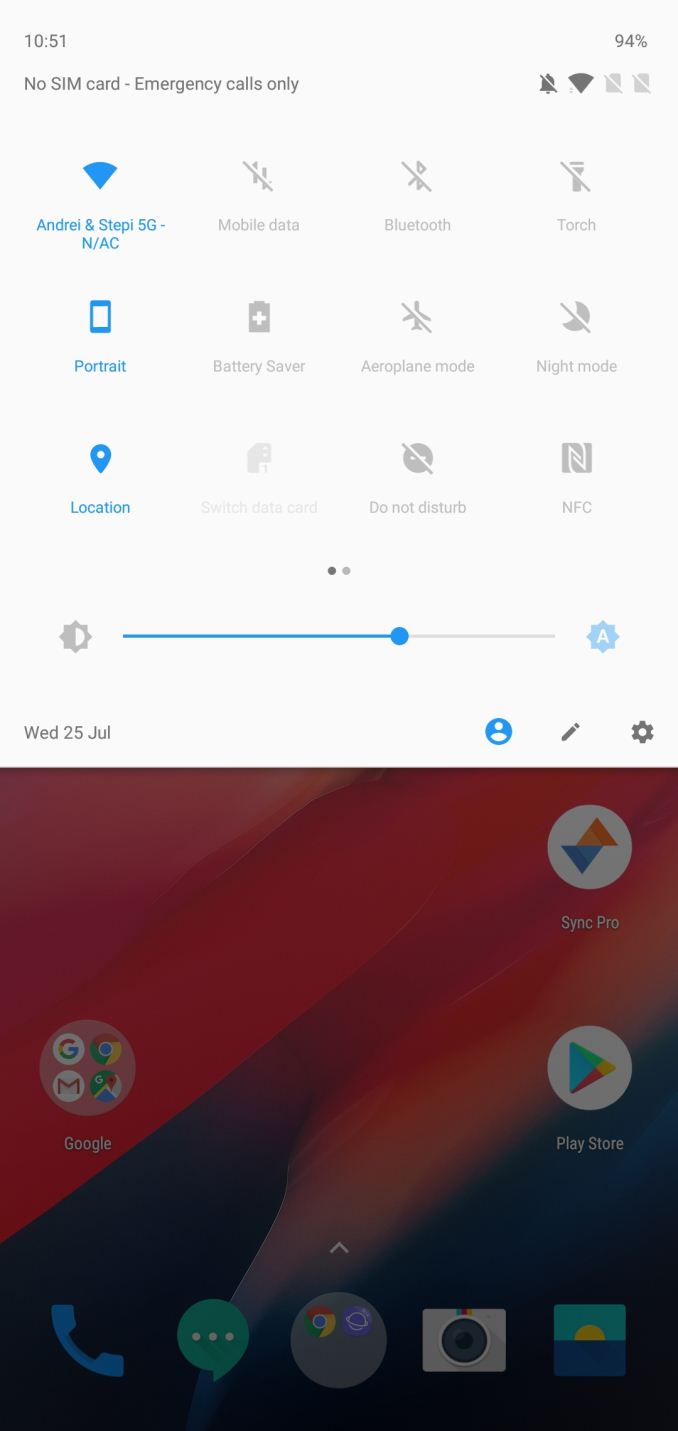
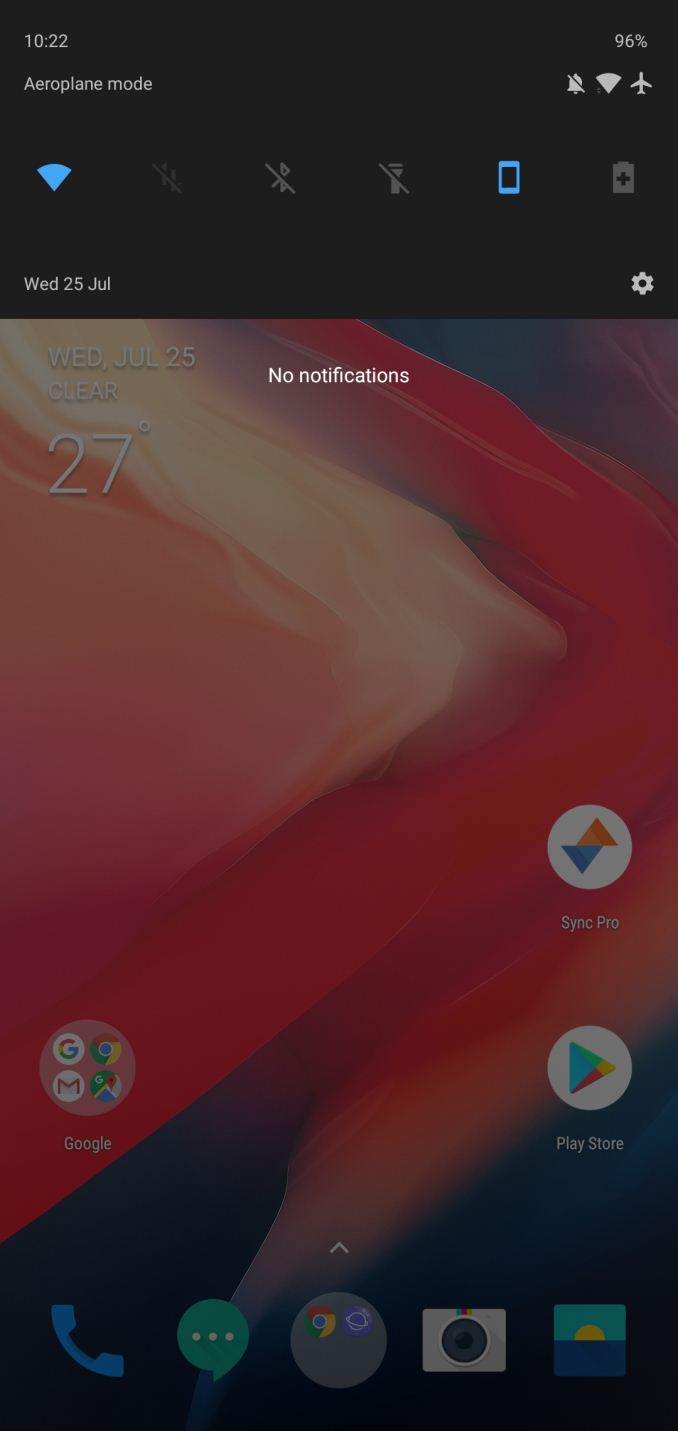
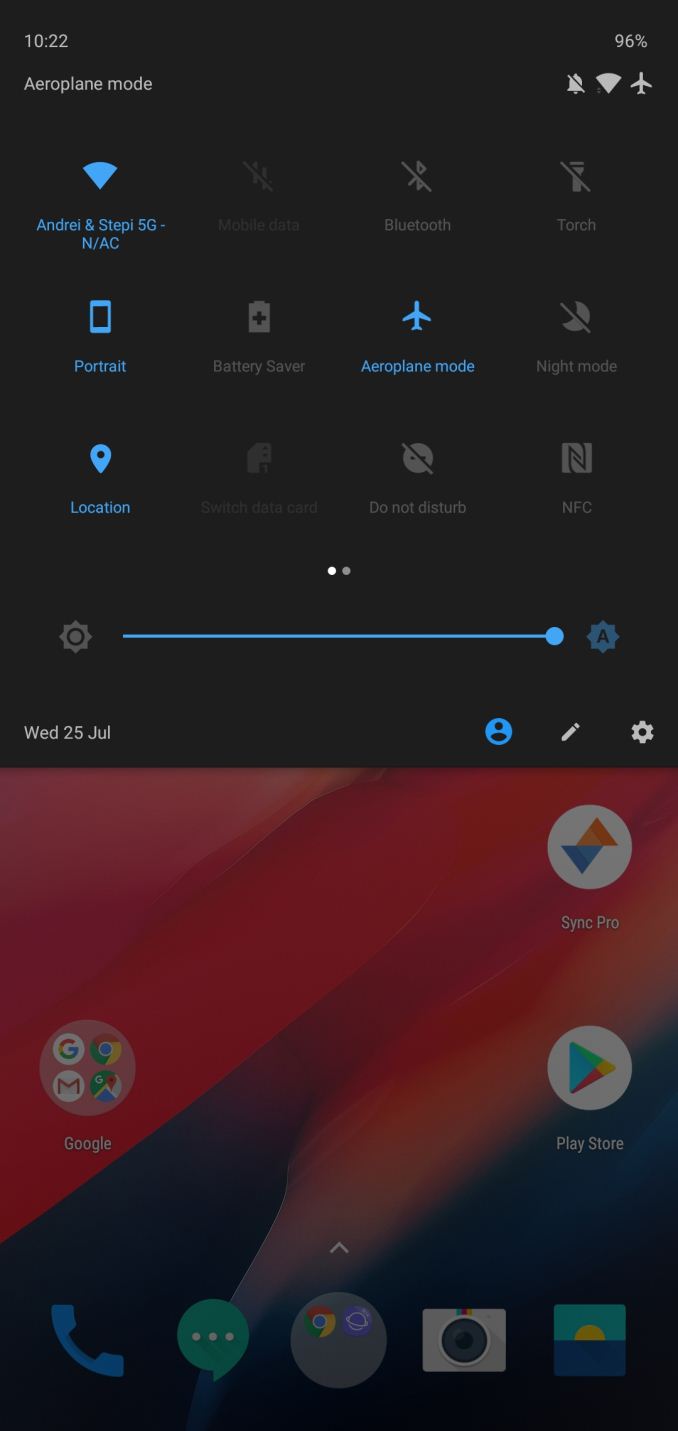
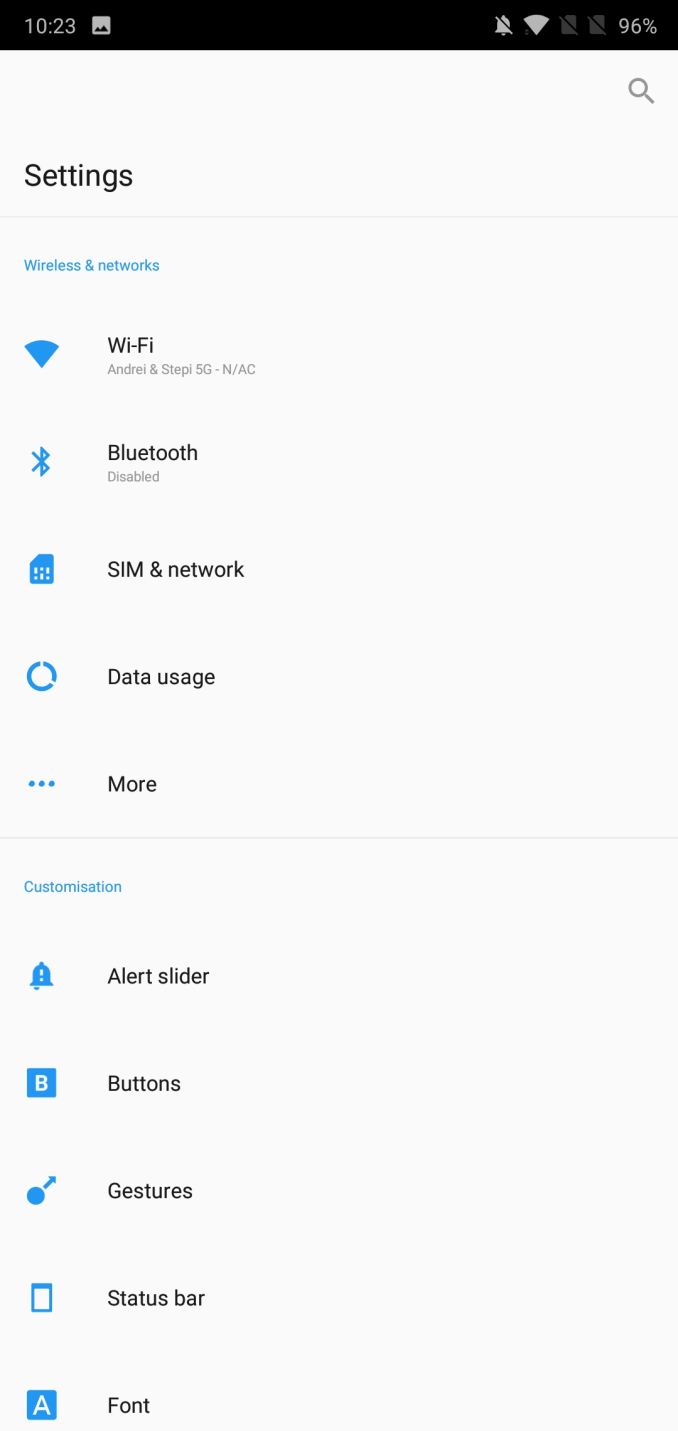
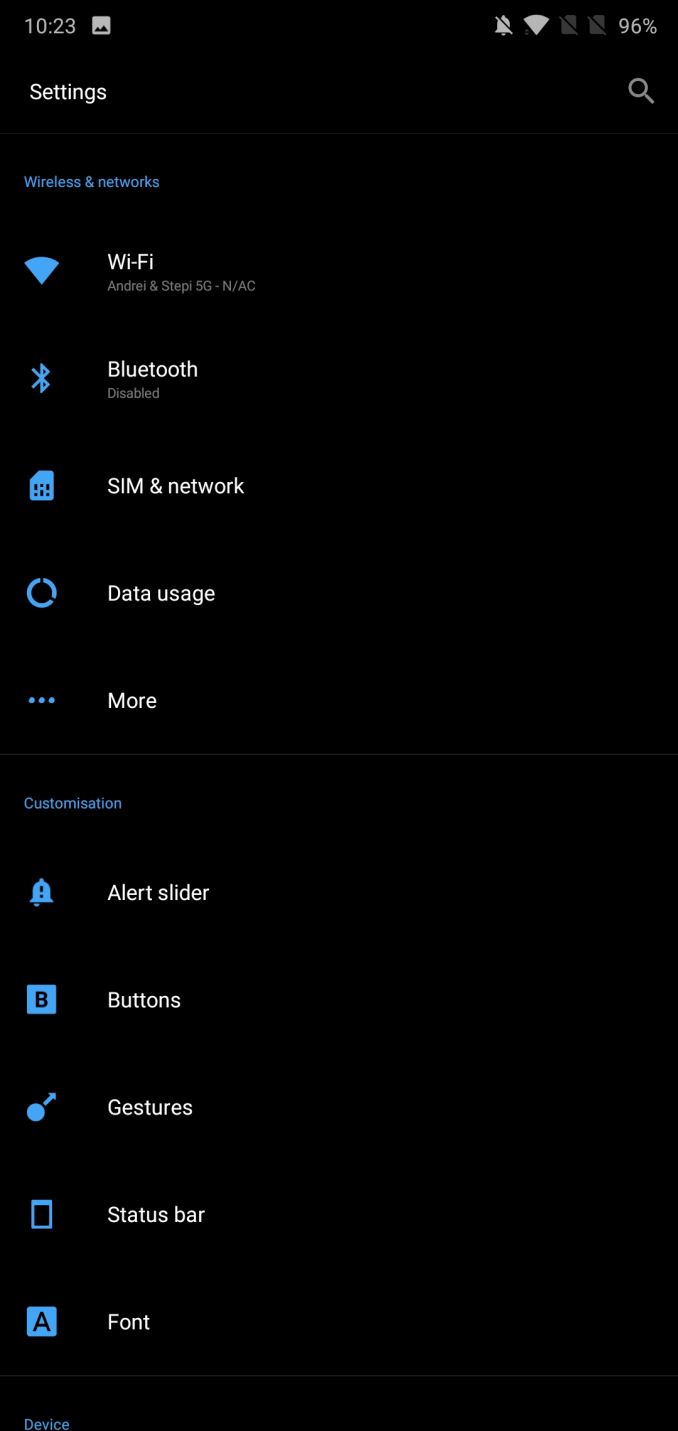
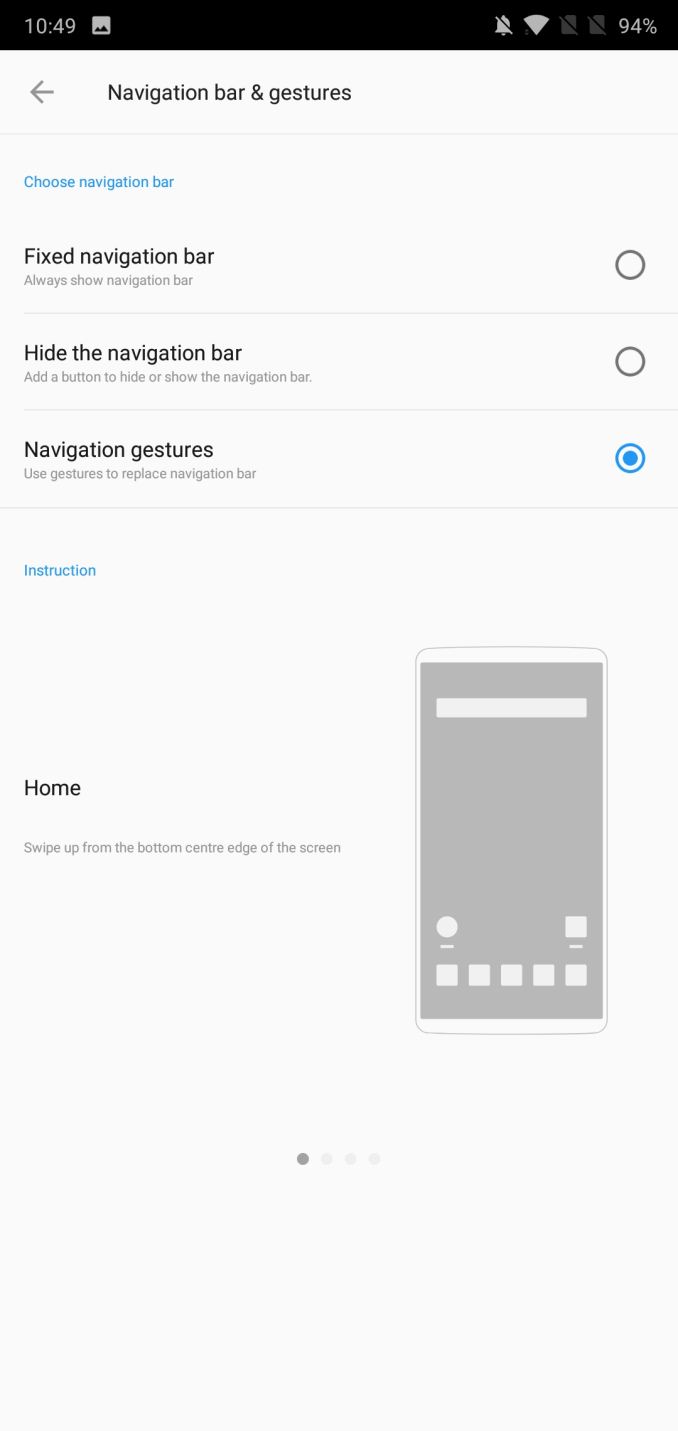
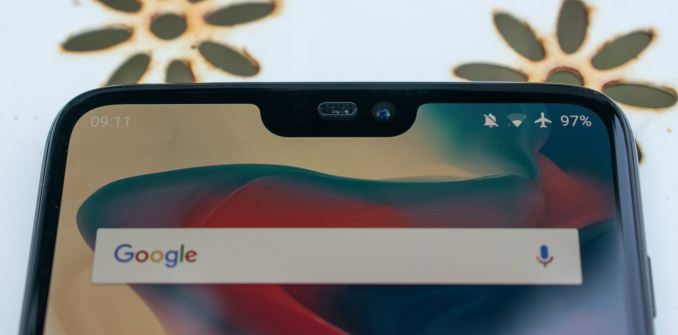
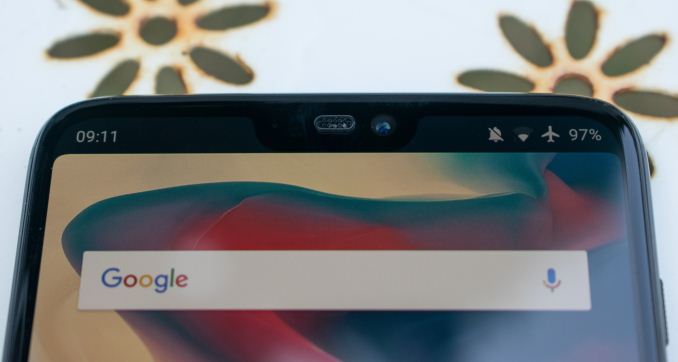








90 Comments
View All Comments
Total Meltdowner - Friday, July 27, 2018 - link
Art Photography? I'm not an unemployed liberal. I like phones to snap photos of family and friends doing things worth remembering.Cooe - Saturday, July 28, 2018 - link
Jesus Christ...Quantumz0d - Friday, July 27, 2018 - link
Starting with the wireless charging changing ergonomics and thickness, I refute. Look up at LG V30 - 7.3mm zero bump no notch. Has Qnovo on top of it, looks better made better with MIL spec. IP68 certified as well. OnePlus failed at Metal design with signal flaw with OP3/T and they cheaped out with glass just for marketing this time. About time when they ditch the jack. OPPO started that with their feeble built Find X.Too soft on Oneplus and other companies notch "there's really nothing controversial" its downright copied from Apple except that keeping the bottom bezel for no reason except to make it a marketing trash. Blacking it out for what ? Breaking the Android apps, but like all mainstream brainwashers Google also decided to add it with utter shameless act. Seems like even at AT no one cares about originality or engineering anymore. Shame
No mention of absence of Video out, Netflix certification. Same battery capacity since OP3T. And Axon 7 from 2016 is able to sell a 1440P AMOLED panel at same/less cost with more features like Stereo front facing. AKM DAC wgich works with Lineage. While OP cuts corners at all specs just increase the RAM and Memory that's it. Pixel 2XL shreds OP in speed with low RAM, not against it but this phone is hot garbage.
Oh this phone doesn't have USB3.0 either. CEO says no one uses when we have LTE pure BS. Why are they incl the high capacity UFS then ? Rubbish selfless corp. After being burned at the Op3 promised blobs and the worst part of this phone not mentioned, the T variant. Which makes the Op6 users look like fools, why don't this get mentioned anywhere ? Is OP paying that hefty ? Guess so since they skimp so much and price increase..its a disgrace.
Sultanxda left OP because they never bother to fix the camera or treat it as some high profile golden IP, or the 821 3T high clock crash. Dash charging, another proprietary technology, no way you can find replacement parts for this phone because 5-6Month EOL is extreme ripping.
dshess - Friday, July 27, 2018 - link
I wish one of the second-tier vendors would commit to long-term hardware support. At $600 (or $800), the story is when they manage to make a phone that sucks - but making an excellent phone for $250 is a great story, especially if you can still purchase the same device a few years later. It's like nobody is even trying to take on the iPhone.icalic - Friday, July 27, 2018 - link
Hi @Andrei Frumusanu,why no more gfxbench manhattan es 3.1 / metal test for battery life and final frame rate @ 200 nits?
i think that test is good for us to look GPU efficiency on every device.
for oneplus 6, i suspect high sustained gfxbench followed by higher power consumption than other snapdragon 845 devices.
Andrei Frumusanu - Friday, July 27, 2018 - link
Power consumption between devices doesn't really change. In this regard I'm keeping the power measurements to the initial SoC reviews of the first devices. The power I measured on the OP6 was not much different than on the S9+ which is covered here: https://www.anandtech.com/show/12520/the-galaxy-s9...The final frame rate benchmark has been superseded by the sustained performance measurements across all 3D workloads, so there's no need for a separate metric.
As for battery measurement in 3D workloads, I think the GFXBench test as an actual *battery* test didn't really convey a lot other than a maximum rundown test. I think having a phone loop in an actual commonly released game would be better representative. As a reminder, the SoC's power consumption will differ greatly at different frequencies and real games will be Vsync capped at 60fps, so in actual use-cases the MH3.1 battery test didn't really show a representation of such use-cases. Currently I'm still thinking about a way to do this better and hopefully the methodology will evolve, but for now it's as it is due to practical reasons.
arvindgr - Friday, July 27, 2018 - link
In OnePlus 3 review, AT included note on USB, that they're still using USBv2! But 4 generations later OP6 still packs that same USBv2 tech. Also with Oppo proprietary charging tech, they are least bothered about USB-PD standards which its SoC supports via QCv4. Why such tech implementations weren't discussed at all..?Andrei Frumusanu - Friday, July 27, 2018 - link
USB 3.0 has issue with creating radio frequency interference in the 2.4GHz band which requires vendors to do a lot more engineering in terms of shielding, that's why a *lot* of phones don't support it.In regards to fast charging techniques - first of all ever since I came back to AT I haven't had the opportunity to re-test all the devices over the last year that we were missing data on. Secondly I didn't prioritise this as much because I feel after 5V/2A/10W which essentially every device nowadays supports, faster charging rates become diminishingly relevant.
Batteries are supposed to be charged at a maximum of 1C, for the OP6 that's for example 3.3A since the capacity is 3.3Ah. A 10W charger is already 2.38A, going to 15W is getting near the limit. Devices nowadays also have like 10 different charging profiles depending on what power supply you connect to it, so while true we can resume testing the stock charger, but again in reality how representative is that really for most people, especially among AT readers?
Quantumz0d - Friday, July 27, 2018 - link
Appreciate the response for this. I always wonder what's the reason behind cutting costs for USB spec. And about the Dash charge, it's proprietary you are stuck with using the accessories from OP site only and usable with their HW only. Its not about speed its about adopting standards like USB PD or QC.Andrei Frumusanu - Friday, July 27, 2018 - link
> Its not about speed its about adopting standards like USB PD or QC.I think that's a weird attitude to take. QC or PD are just ways to achieve speed. A 10W 2A non-standard charger will charge the same as a 10W QC, PD, Dash or whatever charger. Electrons don't care about the standard.